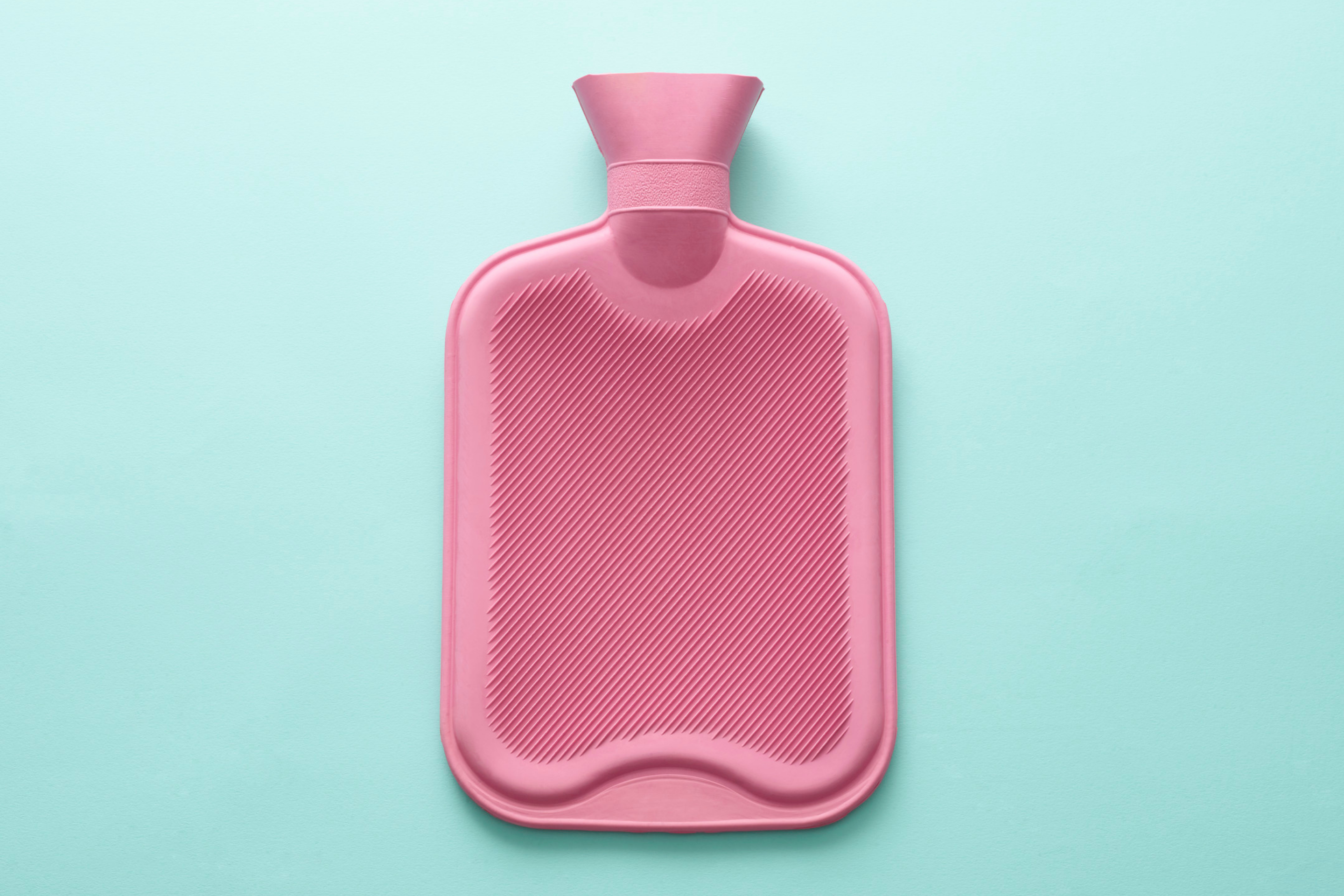One small step for man, one giant leap for womankind!
Jul. 22, 2019 jess simms
This year marks the 50th anniversary of the moon landing back in 1969, when Neil Armstrong and Buzz Aldrin stepped off Apollo 11 and on to the surface of the moon. Man setting foot on the moon is without a doubt one of humankind's greatest ventures and has paved the way for women to become astronauts and spacefarers.
In actual fact, the very first woman to go into space was Valentina Tereshkova, a Russian astronaut who was only 26 when she made a solo flight in 1963, 6 years before the moon landing. And our very own cosmonaut Helen Sharman was the first-ever British citizen to go to space back in 1991. These amazing women and so many others continue to inspire young women and girls to venture to infinity and beyond. However, we have one burning question. What happens when you have a period in space?
In 1964, when the Women In Space programme launched, many experts working on the scheme had concerns about the change in gravity being a risk to the budding astronauts’ health. The scientists’ main concern was if microgravity would cause something called ‘retrograde menstruation’. Retrograde menstruation happens when blood flows up the fallopian tubes, into the abdomen and into the pelvic cavity, causing pain and potentially other serious health conditions.
However, there was no scientific evidence to support these claims and no way of finding out until they entered the intergalactic atmosphere. The women on the programme expressed to the team that there had been many concerns regarding men’s health when first going to space and they still went anyway. In fact, many of the women experienced all different kinds of prejudice. There were genuine concerns from men about the ‘temperamental’ nature of the female body, i.e that women are hormonal because it would hinder their ability to operate the complex machinery.











